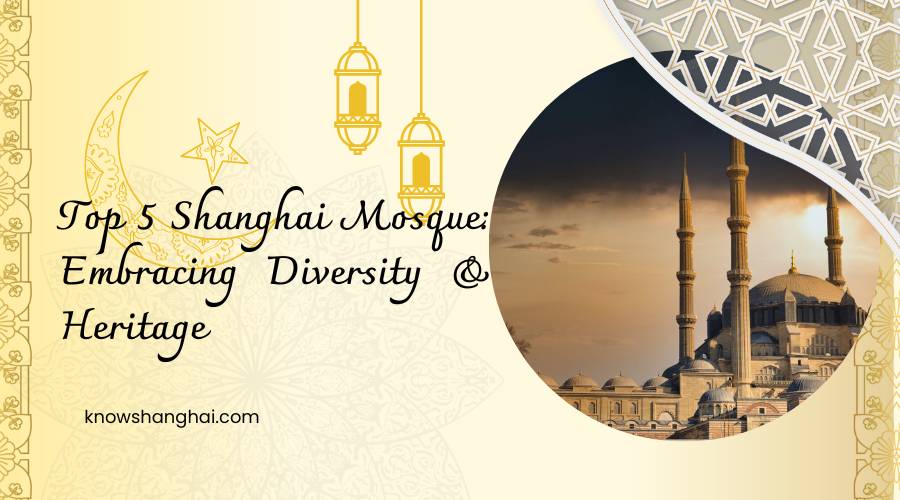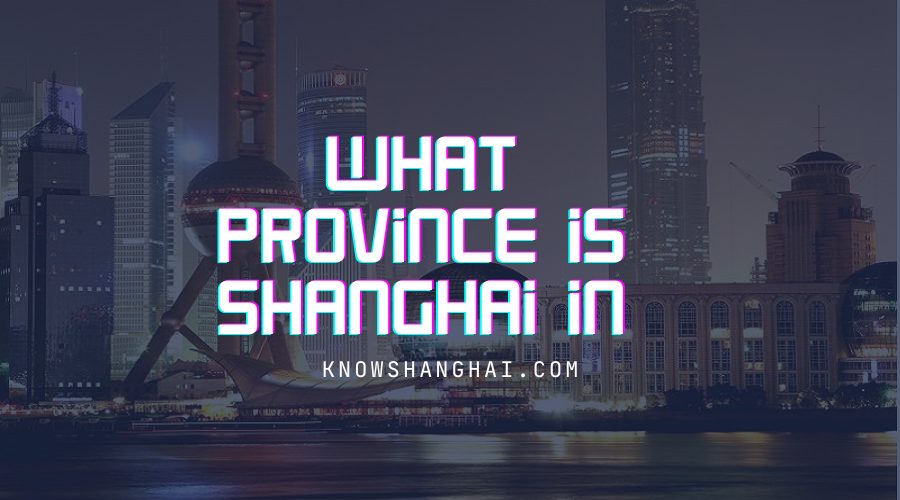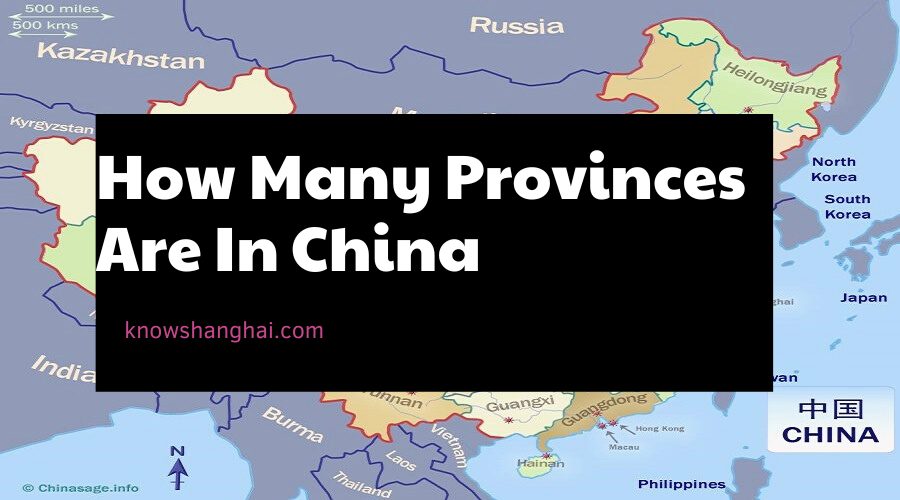Top 5 Shanghai Mosque: Embracing Diversity & Heritage
Shanghai, one of China’s most vibrant and modern cities, has long been celebrated for its blend of ancient traditions and modernity. Amidst the bustling streets and towering skyscrapers, Shanghai boasts a rich history of cultural diversity and religious pluralism. One of the remarkable symbols of this diversity is the Shanghai Mosque, a serene place of… Continue reading Top 5 Shanghai Mosque: Embracing Diversity & Heritage












